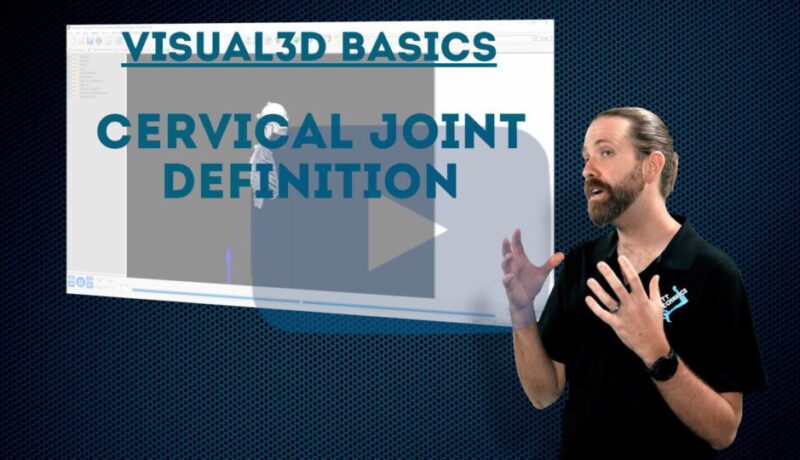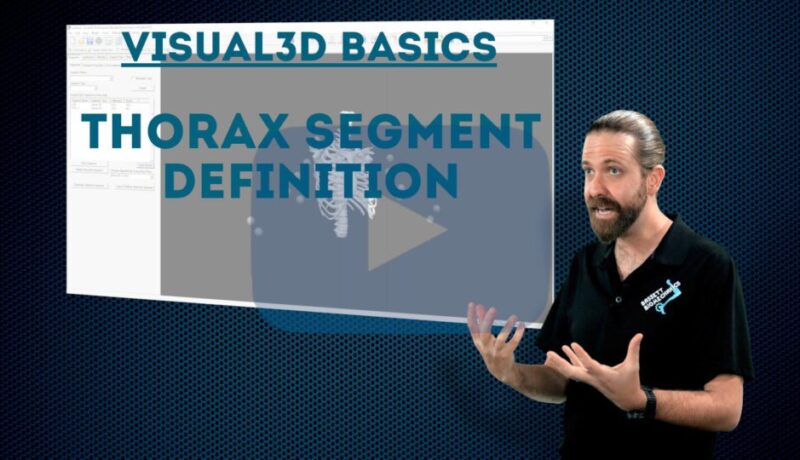Ankle angle offset & parallel line concept
Visual3D Expert BuilderModel Unit 3 Chapter 2: Ankle angle offset & parallel line concept The ankle angle offset is important […]
Visual3D Expert BuilderModel Unit 3 Chapter 2: Ankle angle offset & parallel line concept The ankle angle offset is important […]
Visual3D Expert BuilderModel Unit 3 Chapter 1: Virtual Foot The ankle angle offset has a significant role in biomechanical modeling […]
Chapter 3: Tracking Joint LandmarksJoint landmarks can be very useful references to be used in a variety of ways, regardless […]
Visual3D Expert BuilderModel Unit 2 Chapter 2: Projection Landmarks Creating landmarks for any project you are working on should be […]
Chapter 1: Dynamic Virtual LabAccurate biomechanical calculations are essential for quality research, clinical analyses, and sports performance evaluations. Through Visual3D, […]
Visual3D Expert BuilderModel Unit 1 Chapter 1: Joint Landmarks Joint landmarks can be used in a variety of ways, including […]
Chapter 2: Foot LandmarksTracking anatomical landmarks on the foot is critical to successful biomechanical modeling. However, not all scientific reference […]

The final segment to discuss is the head. Adding the head to the thorax model, we can define the cervical joint. In this tutorial, we show you how to create a useful landmark at the center of the head in order to create this segment. We also show you some best practices to customize the coordinate system and appearance of the model in Visual3D.

The peculiarity of defining a thorax earned this segment it’s own chapter. Due to the technical definition of proximal and distal, picking targets or landmarks can get confusing. Also, the segment coordinate system will most likely need to be rotated to suit your needs. In this chapter, we focus not only on defining the thorax segment, but also on customizing its appearance in the 3D viewer.
Chapter 5: Cervical joint definitionThe final segment to discuss is the head. Adding the head to the thorax model, we […]